Is drop in stop-and-search fuelling a rise in knife crime?
Changes to the law criticised for spike in violent crime and homicides

The sharp rise in knife crime over the past twelve months has been blamed on a drop in the number of stop-and-searches being carried out by police.
Figures from the Office for National Statistics (ONS) reveal there were 40,000 offences involving a knife in 2017, up nearly a quarter on the previous year.
A spate of knife murders - especially in London - in recent months, “has led to calls for a re-think on the approach to the controversial stop and search powers given to the police”, says The Daily Telegraph.
The Week
Escape your echo chamber. Get the facts behind the news, plus analysis from multiple perspectives.

Sign up for The Week's Free Newsletters
From our morning news briefing to a weekly Good News Newsletter, get the best of The Week delivered directly to your inbox.
From our morning news briefing to a weekly Good News Newsletter, get the best of The Week delivered directly to your inbox.
Criticism that the practice disproportionately discriminates against young black men led to changes in the law in 2014 which meant police officers could stop people only if they had “reasonable grounds” to suspect they were carrying weapons, illegal drugs or stolen property.
According to police figures, this has led to a drop of 21% in the number of stop-and-searches carried out in England and Wales between 2016 and 2017. This coincided with a 26% rise in the number of homicides involving a bladed weapon over the same period.
The latest figures have been seized upon by politicians from all sides. Foreign Secretary Boris Johnson has urged the Government to be tougher on knife crime and called for more stop-and-searches, while his successor as London Mayor, Sadiq Khan, has laid the blame squarely on cuts to police budgets brought in by the Government.
However, The Washington Post says that analysis of data from New York, which has cut back stop-and-searches even more drastically, suggests that “the number of stop-and-frisks isn't related to the crime rate”.
A free daily email with the biggest news stories of the day – and the best features from TheWeek.com
-
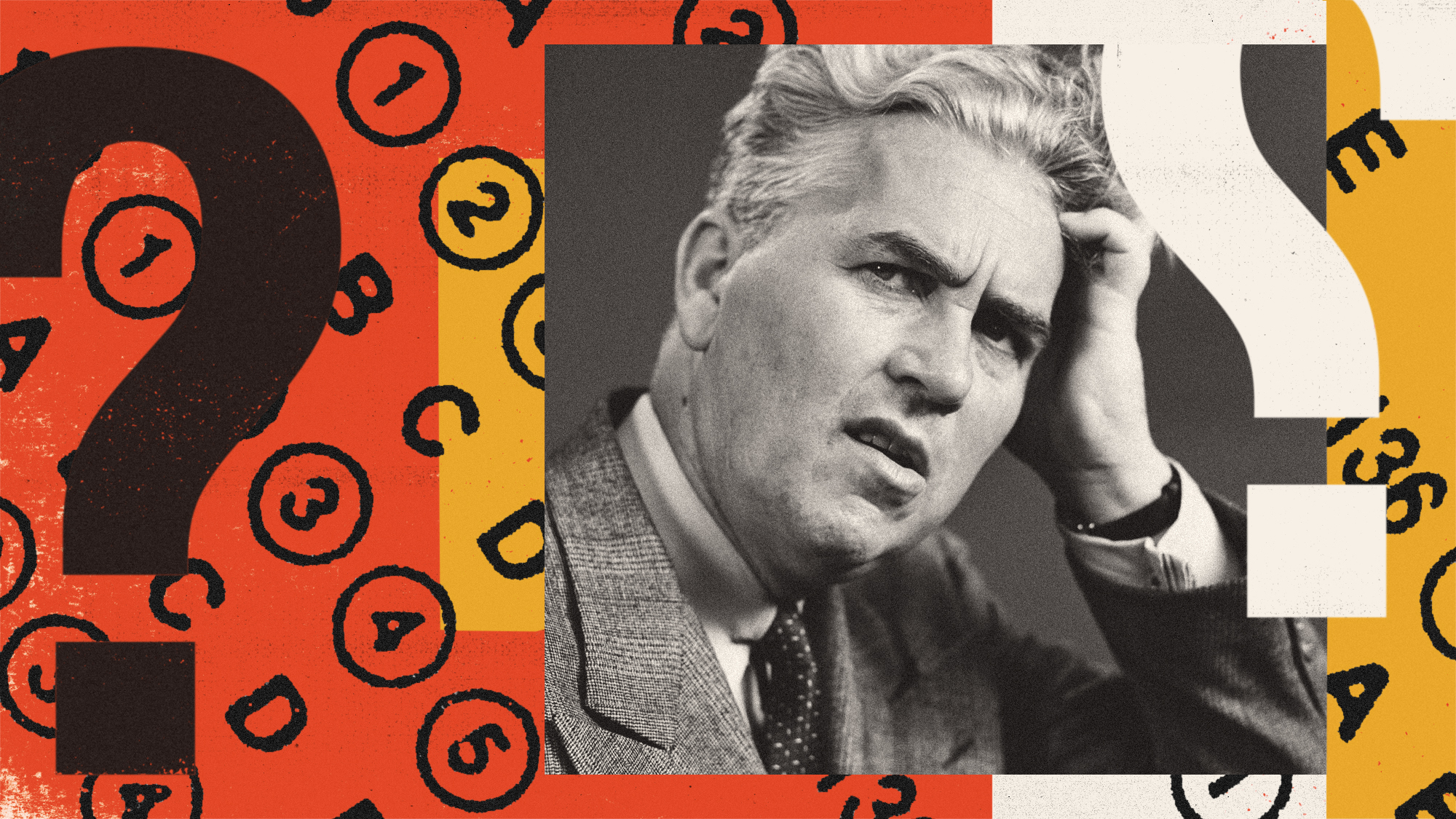 The Week’s big New Year’s Day quiz 2026
The Week’s big New Year’s Day quiz 2026Quiz of the Year How much do you remember about 2025’s headlines? Put yourself to the test with our bumper quiz of the year
-
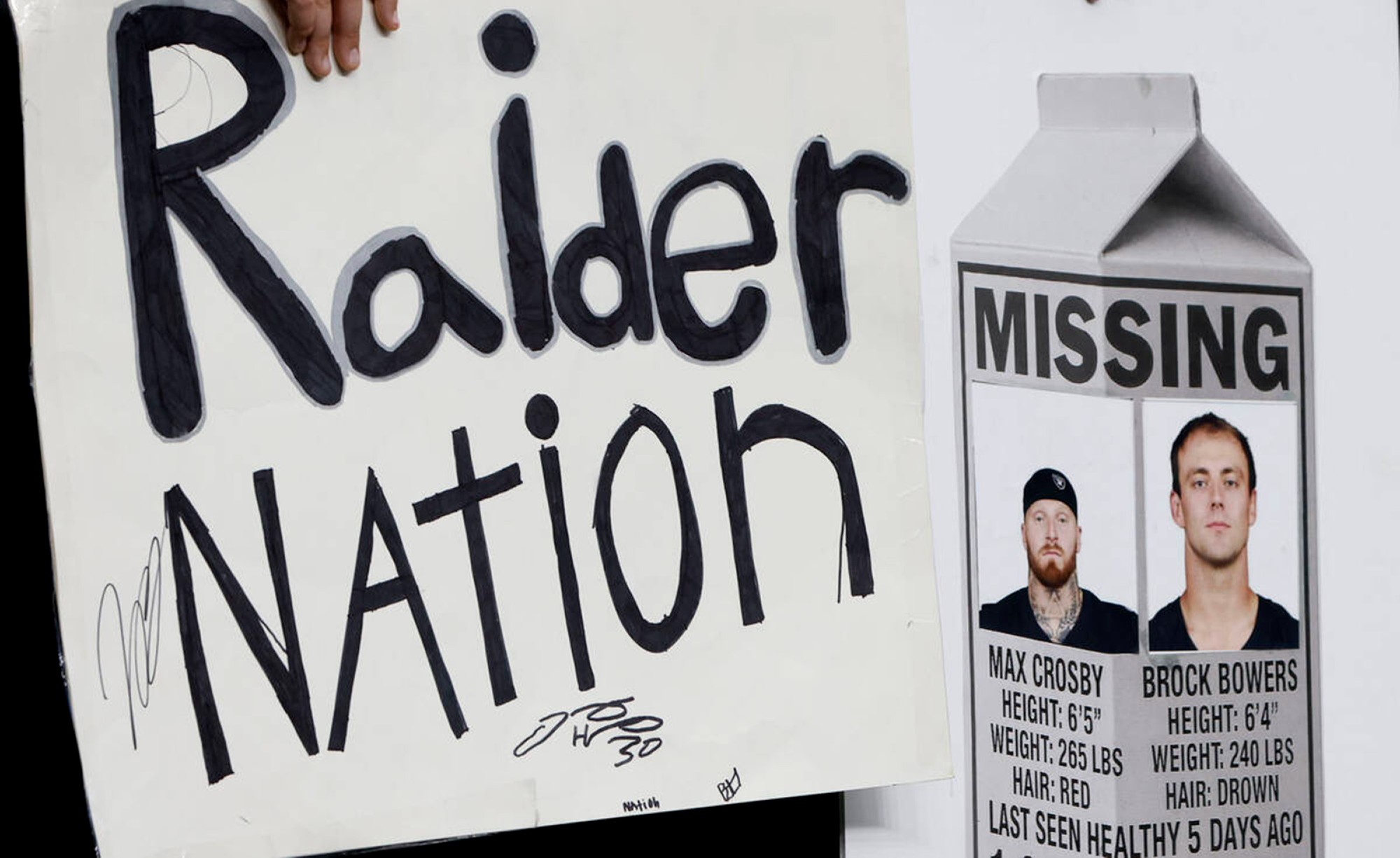 Is tanking ruining sports?
Is tanking ruining sports?Today's Big Question The NBA and the NFL want teams to compete to win. What happens if they decide not to?
-
 ‘Netflix needs to not just swallow HBO but also emulate it’
‘Netflix needs to not just swallow HBO but also emulate it’instant opinion Opinion, comment and editorials of the day
-
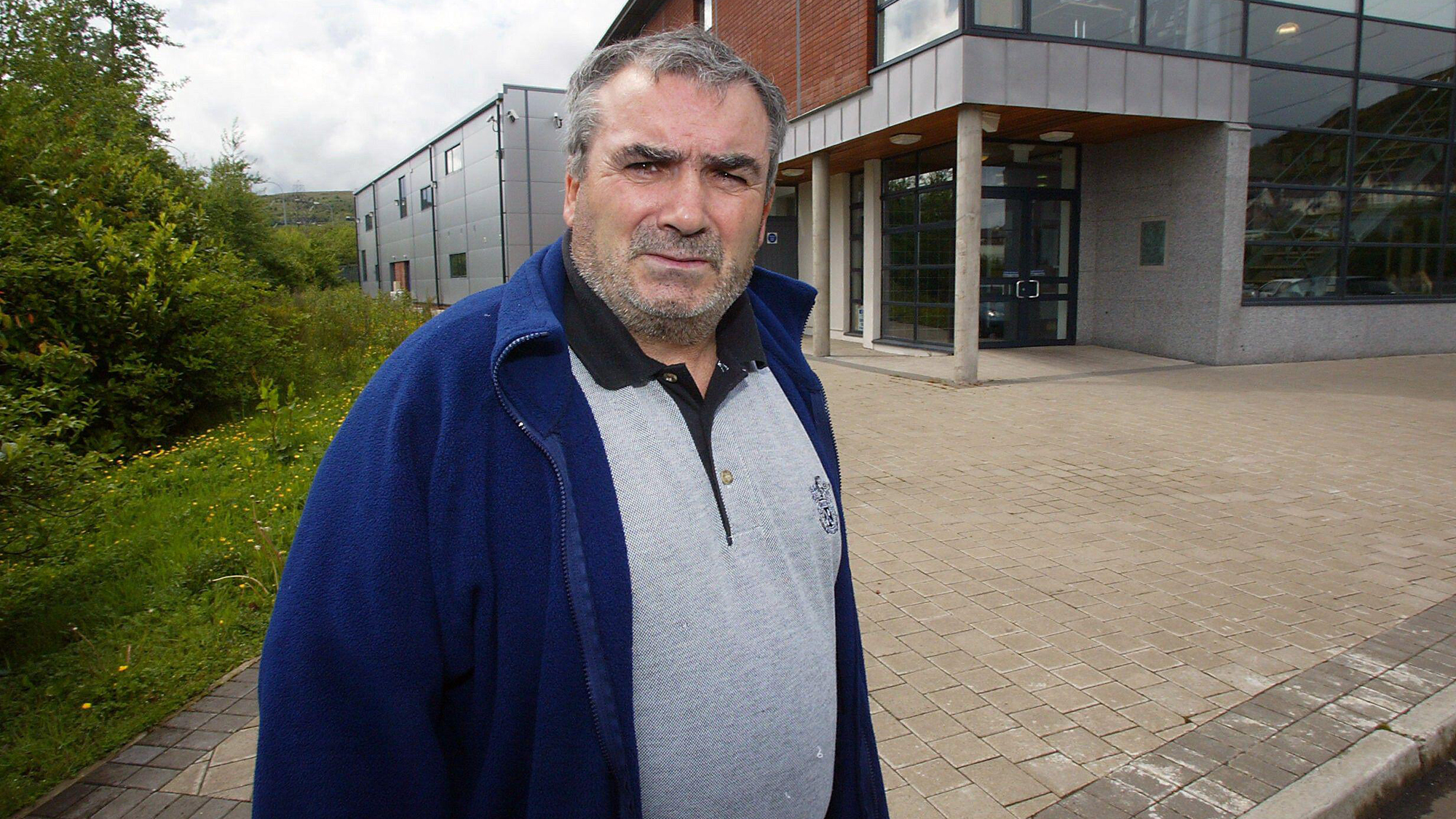 ‘Stakeknife’: MI5’s man inside the IRA
‘Stakeknife’: MI5’s man inside the IRAThe Explainer Freddie Scappaticci, implicated in 14 murders and 15 abductions during the Troubles, ‘probably cost more lives than he saved’, investigation claims
-
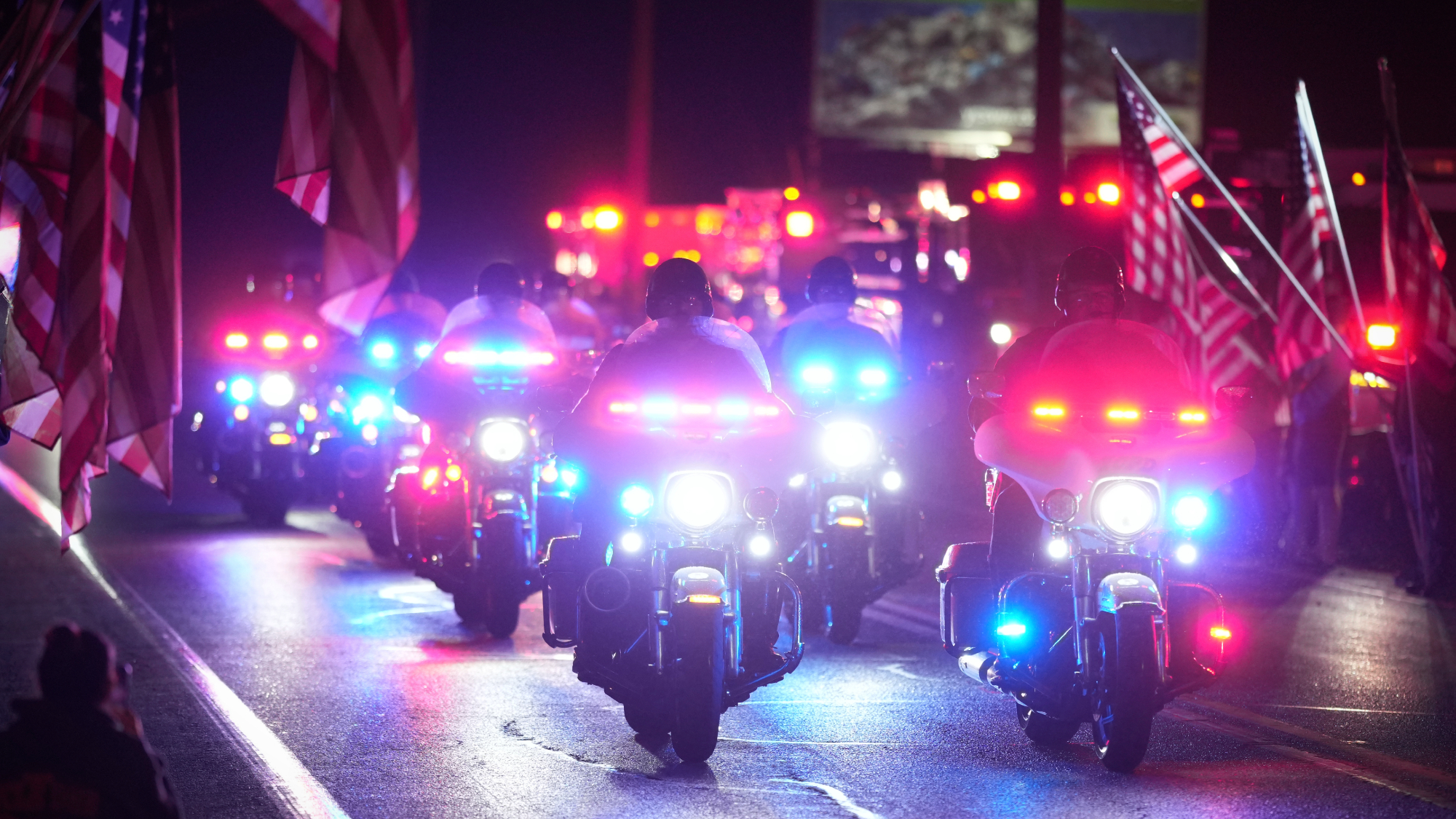 3 officers killed in Pennsylvania shooting
3 officers killed in Pennsylvania shootingSpeed Read Police did not share the identities of the officers or the slain suspect, nor the motive or the focus of the still-active investigation
-
 Dash: the UK's 'flawed' domestic violence tool
Dash: the UK's 'flawed' domestic violence toolThe Explainer Risk-assessment checklist relied on by police and social services deemed unfit for frontline use
-
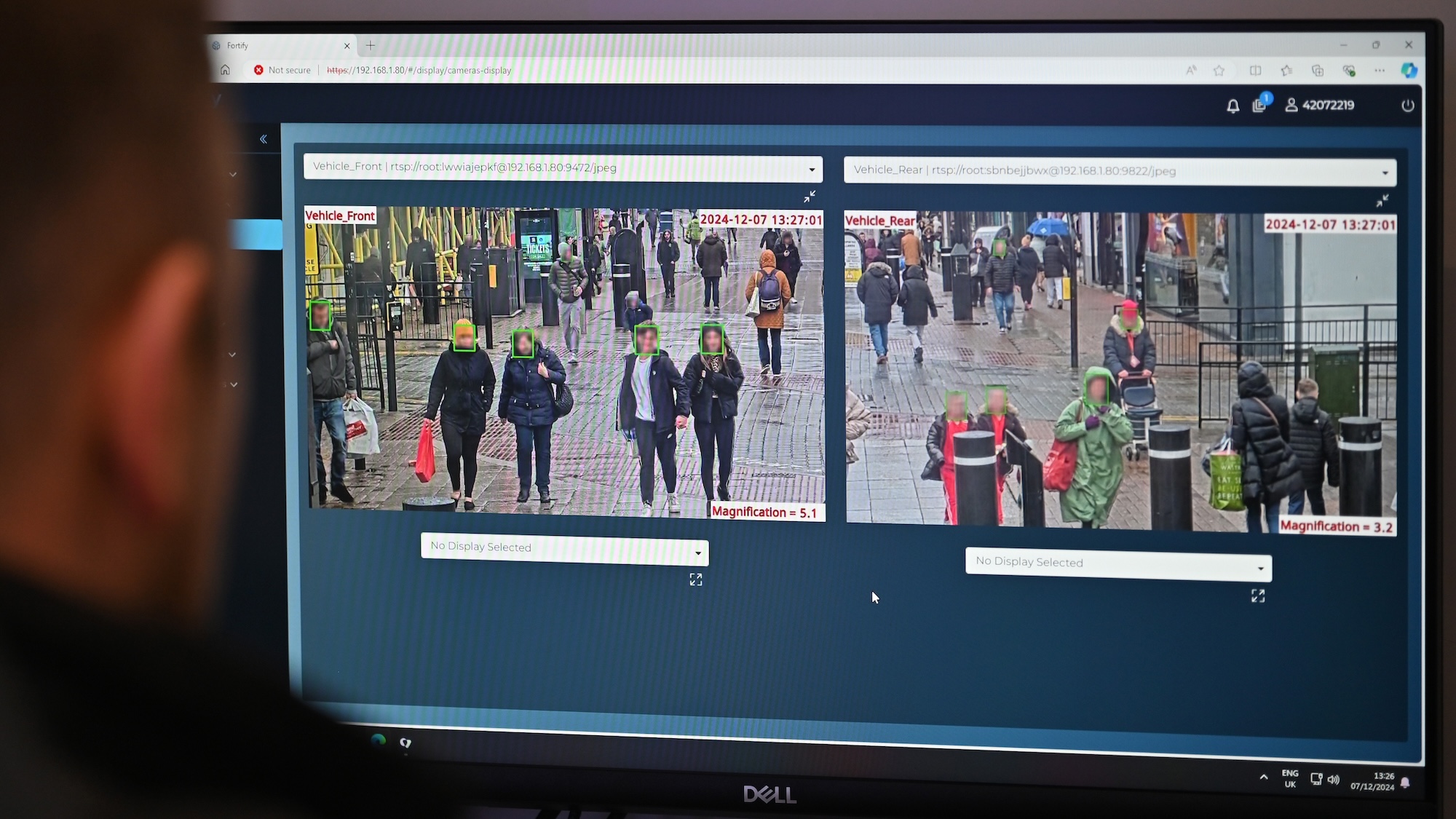 The ethics behind facial recognition vans and policing
The ethics behind facial recognition vans and policingThe Explainer The government is rolling out more live facial recognition technology across England
-
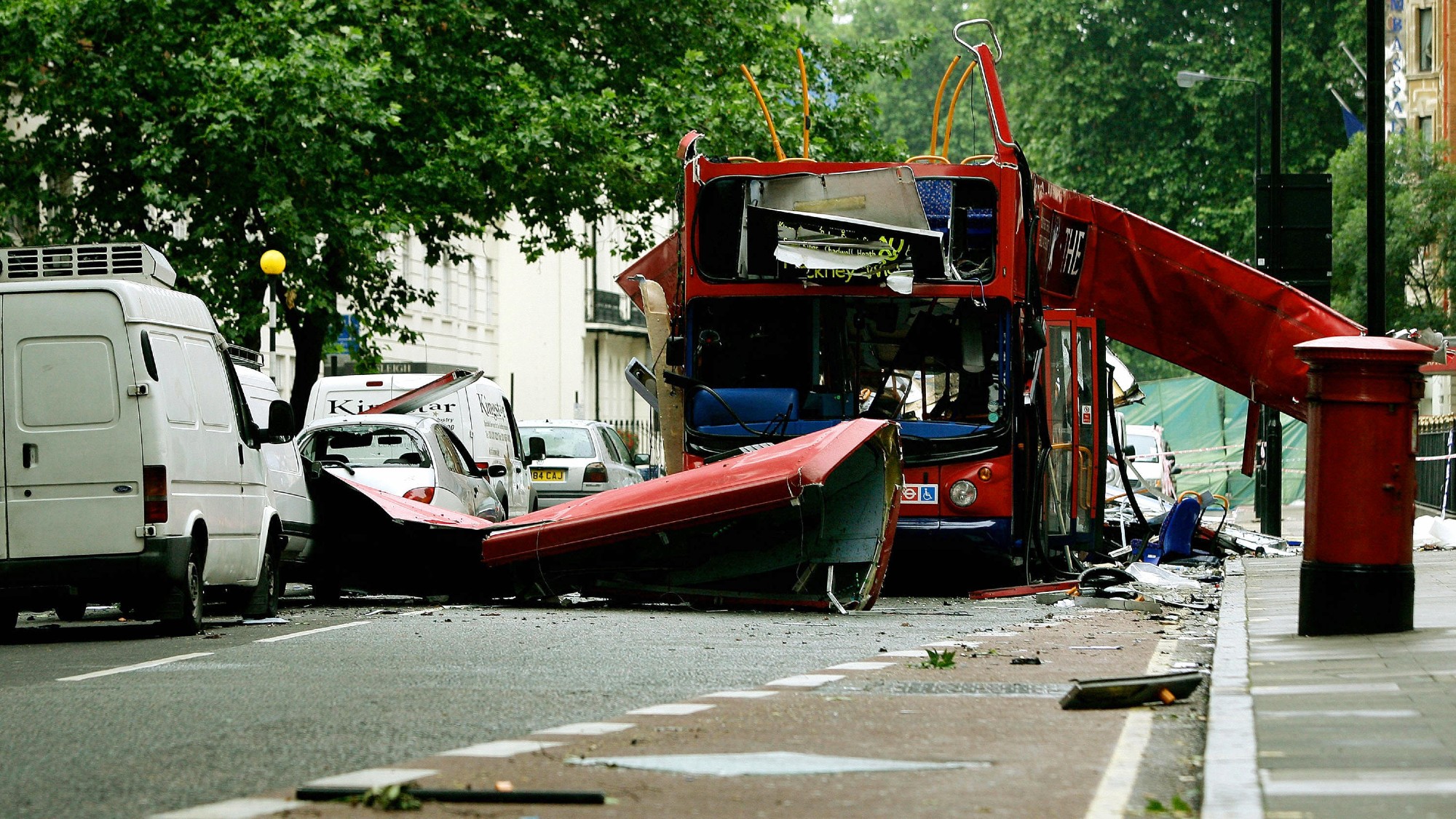 The failed bombings of 21/7
The failed bombings of 21/7The Explainer The unsuccessful attacks 'unnerved' London and led to a tragic mistake
-
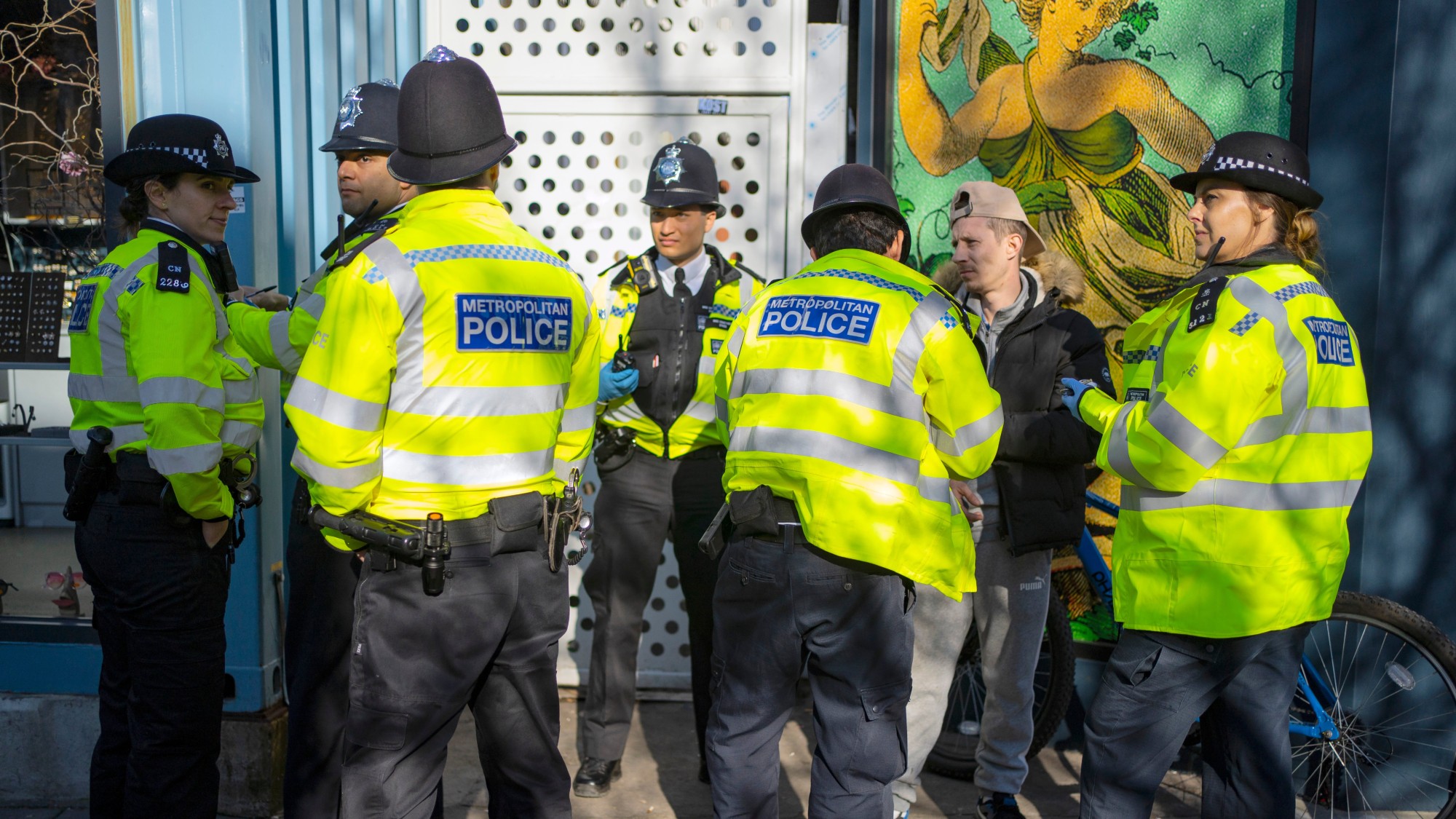 The Met police's stop and search overhaul
The Met police's stop and search overhaulThe Explainer More than 8,500 Londoners have helped put together a new charter for the controversial practice
-
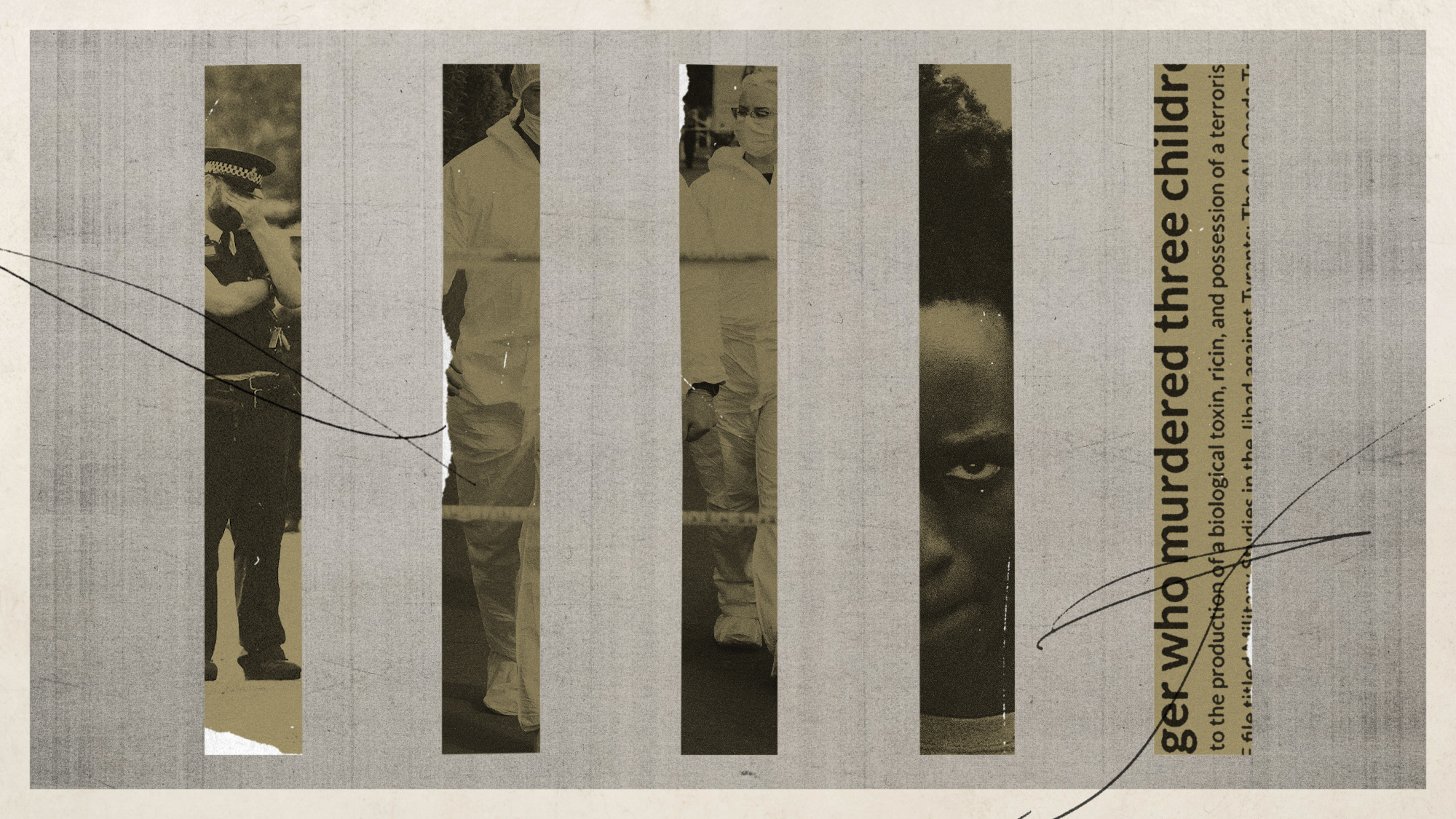 Axel Rudakubana: how much did the authorities know about Southport killer?
Axel Rudakubana: how much did the authorities know about Southport killer?Today's Big Question Nigel Farage accuses PM of a cover-up as release of new details raises 'very serious questions for the state about how it failed to intervene before tragedy struck'
-
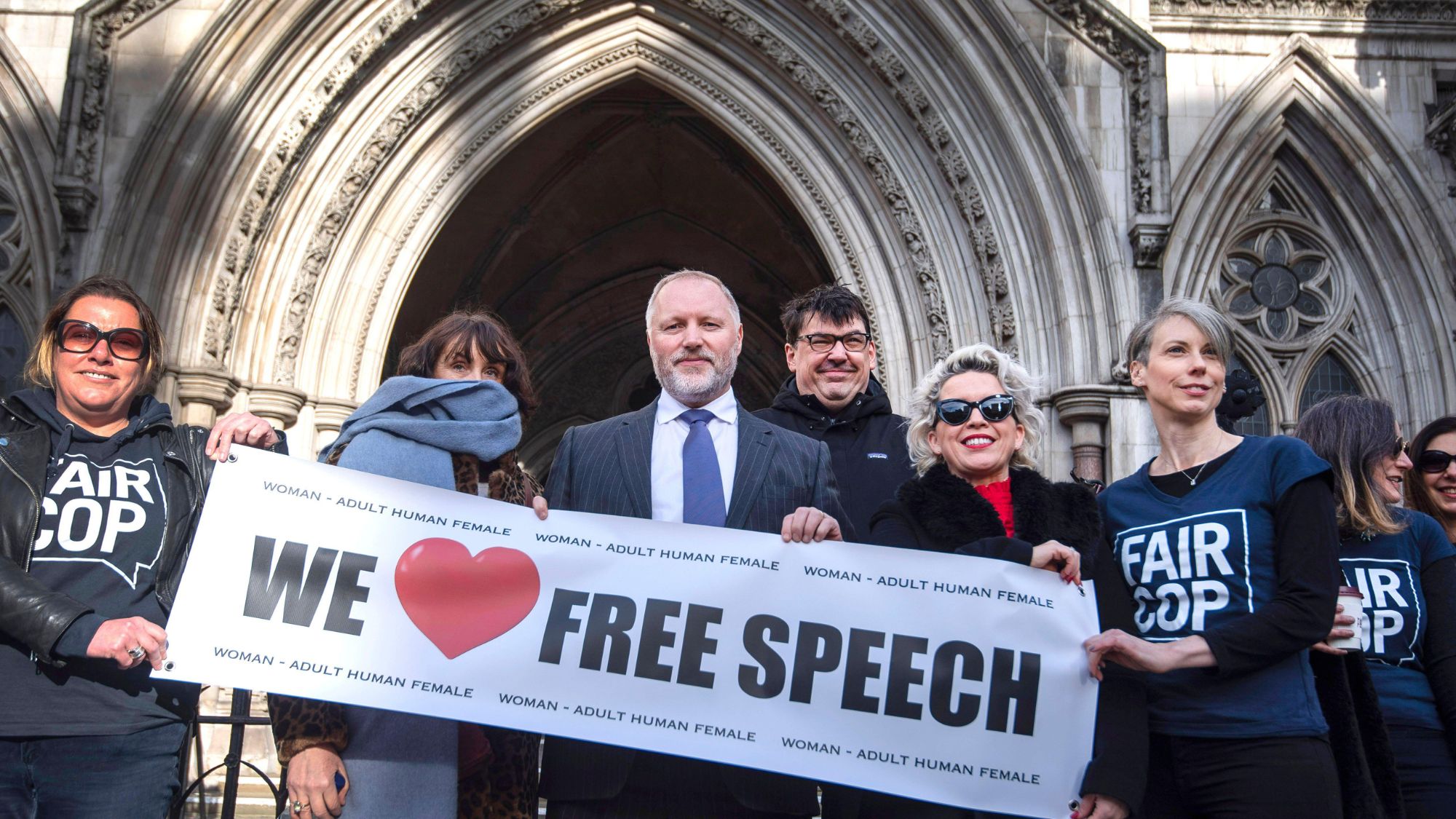 NCHIs: the controversy over non-crime hate incidents
NCHIs: the controversy over non-crime hate incidentsThe Explainer Is the policing of non-crime hate incidents an Orwellian outrage or an essential tool of modern law enforcement?